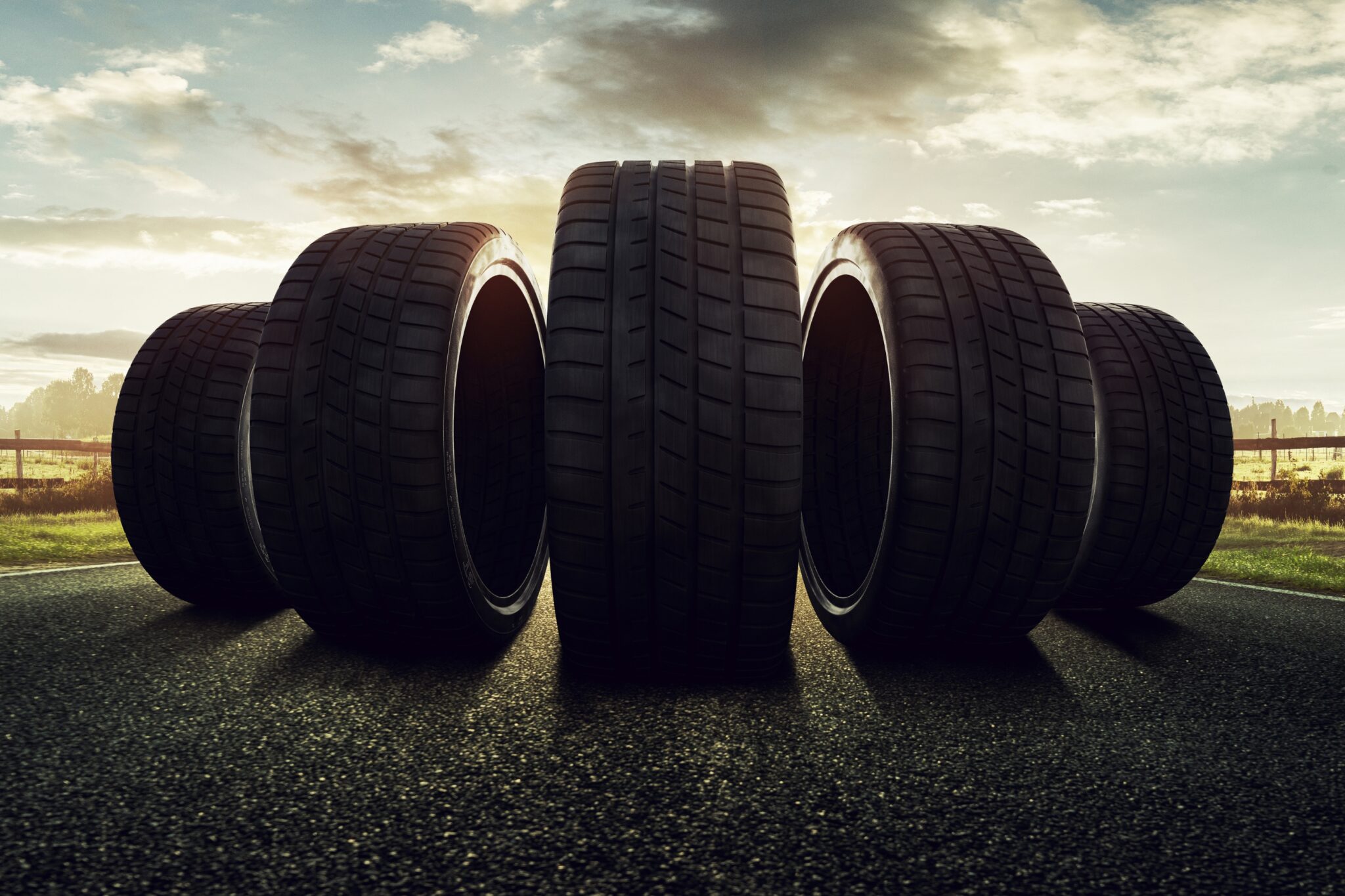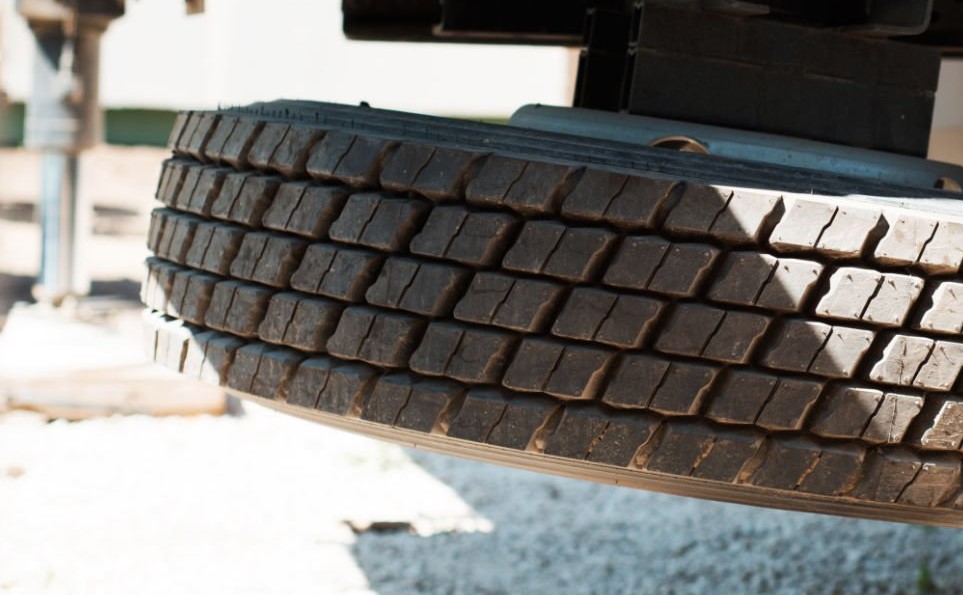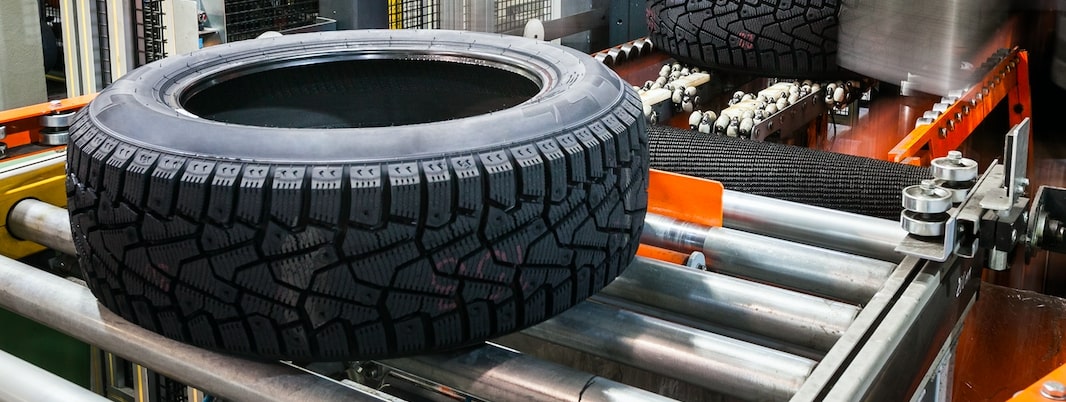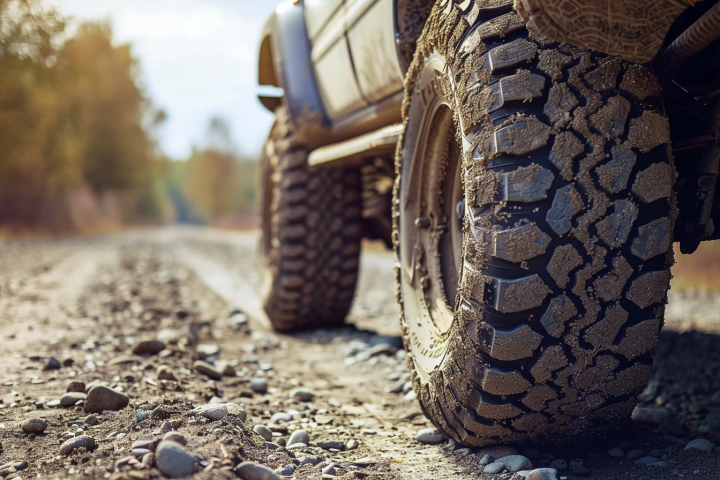Last Updated on April 21, 2024
Choosing the Right Tires for a Hassle-Free Fishing Trip
As the mist comes off the lake and the sun begins to rise, your line twitches. A bite! You start reeling in, and with the scoop of a net, you have your catch! But how did you get here? A good boat needs a good trailer and the skills to get the boat from the trailer to the water.
Let’s review everything you need about boat trailers and launching your boat to get the big catch this summer.
When it comes to enjoying a relaxing day of fishing, getting there safely is just as crucial as catching the big one. If you own a fishing boat, you understand the importance of a reliable fishing boat trailer.
However, your trailer is only as dependable as the tires it rides on. In this ultimate guide, we’ll dive into everything you need about fishing boat trailer tires. From choosing the right ones to maintenance tips, we’ve got you covered. Let’s ensure your next fishing adventure starts with a smooth tow.
What are Fishing Boat Trailer Tires?
Fishing boat trailer tires are specialized tires designed for use on boat trailers. These tires are specifically engineered to withstand the unique challenges of boat trailer use, including exposure to water, salt, and rough terrain.
They are built to provide reliable performance, durability, and safety while transporting fishing boats to and from the water. Fishing boat trailer tires come in various sizes and designs to accommodate different trailer types and boat sizes, ensuring a secure and smooth towing experience for fishermen and boating enthusiasts.
Choosing the Right Fishing Boat Trailer Tires
Selecting the appropriate fishing boat trailer tires is crucial for a smooth and safe journey to the water. In this section, we’ll guide you through the key considerations and factors to help you make the best choice for your trailer, ensuring your fishing trips are worry-free and enjoyable.
- Size Matters: The first step in selecting the perfect trailer tires is determining the right size. Check your boat trailer’s manual or sidewall of the existing tires for the size specifications.
- Load Capacity: Understanding your boat’s weight and the tires’ load capacity is crucial. Ensure that the tires you choose can handle the total weight of your boat and equipment.
- Radial vs. Bias-Ply: Radial trailer tires offer improved durability, heat resistance, and a smoother ride. Bias-ply tires are more budget-friendly but may not provide the same level of performance.
- Speed Ratings: Trailer tires have specific speed ratings. Ensure your chosen tires are suitable for highway speeds if you plan on towing long distances.

Choosing the Right Boat Trailer and Tires for Your Fishing Adventures
Before even considering transporting a boat, you need to have the right trailer. Depending on what type of water you will be fishing in, you will need trailers made from different metals to resist corrosion.
For example, painted steel is fine for freshwater use, but the trailer will easily corrode in salt or brackish water. On the other hand, galvanized steel needs a quick rinse after a launch to avoid corrosion. If you are worried about weight and pollution, your best bet is an aluminum trailer. However, aluminum trailers come at a high cost.
Just as important as the trailer are the tires — the part of the trailer that touches the ground. We suggest the Carlisle Radial RH, which has higher speed tolerances than the average trailer tire. Carlstar Tires, maker of the Carlisle brand, is the official tire sponsor for the American Bass Anglers, providing tires for towing boats for competition.
Towing
Regarding towing, now that you have a trailer, you need to get your boat to water. The first difference when towing a boat is that your acceleration will be much slower due to the added weight. Stopping will also take more time, so leave more room to slow down. It may help to practice before you intend on fishing to get to know your trailer better.
Mastering the Boat Launch: Backing Up Tips for Stress-Free Adventures
You have successfully navigated to the marina or lake. It’s time to back up into the water and launch the ramp. Here are a few tips to easily get the boat in place.
Make sure the area is clear. Children should stay clear of the boat and tow vehicles. The only people involved should be two adults — one behind the wheel and one guiding the driver. If kids are around, a third adult can wrangle the tykes, who should already be in life jackets.
Before backing up, install the drain plug in your boat.
Roll the windows down so that you can communicate with your guiding partner. Turn off the AC, radio, and anything else that might interfere with hearing directions. Should a catastrophe occur, and the tow vehicle follows the boat into the water, having the windows down also provides an escape from the car.
Finally, put the car in neutral once you go backward down the ramp. This will give you an easier time braking and prevent you from accidentally backing up further into the water once the boat is launched.
For more backing-up tips with a boat trailer, check out this video.
Maintenance of Fishing Boat

After a fun day fishing in your boat, it’s time to pack up and head home. Don’t forget to remove the drain plug when you leave and replace it when you get home.
You should also regularly perform maintenance on your trailer before and after trips. Visually check U-bolts, winches, axles, cross beams, and the hitch coupler. Check tire pressure and inspect sidewalls for cracks. Has the tread worn too much? Don’t forget to check the spare. Lubricate all the wheel hubs with waterproof grease, but don’t overfill. Hub bearings should be checked and repacked at least once a year. Also, don’t forget to check the brake lights, and be sure your trailer registration is current.
With all that done, you are ready to return to the lake and have fun fishing!
Maintenance Tips for Fishing Boat Trailer Tires
- Regular Inspections: Check your trailer tires for signs of wear, such as cracks, bulges, or uneven tread wear. Inspect the sidewalls for any damage.
- Proper Inflation: Keep your trailer tires inflated according to the manufacturer’s recommendations. Under-inflated tires can lead to poor handling and increased risk of a blowout.
- Balance and Alignment: Ensure your trailer tires are balanced and aligned correctly. Imbalances can cause uneven wear and negatively affect towing stability.
- Rotation: Just like your vehicle’s tires, rotating your trailer tires helps distribute wear evenly, extending their lifespan.
The Best Fishing Boat Trailer Tires for Your Needs
Regarding your fishing boat trailer, having the right tires can make all the difference. The tires you choose should be sturdy, reliable, and able to handle the weight of your boat. In this guide, we’ll introduce you to some of the best fishing boat trailer tires available, ensuring your adventures on the water start with a smooth and safe journey.
- Carlisle Radial Trail HD: Known for durability and load capacity, these radial trailer tires are an excellent choice for heavy boats.
- Maxxis M8008 ST Radial: Maxxis tires are popular among boat owners, offering a smooth ride and excellent load capacity.
- Goodyear Endurance: With a solid reputation for quality, Goodyear Endurance tires provide strong sidewalls and reliable performance.
Conclusion
Your fishing boat trailer tires are your connection to your next angling adventure. By choosing the right tires, performing regular maintenance, and selecting from the best options on the market, you can ensure a safe and enjoyable towing experience. Don’t let a flat tire ruin your fishing trip; invest in quality fishing boat trailer tires today.
Having the right fishing boat trailer tires is essential for ensuring your boating adventures are a smooth and enjoyable experience. Whether you opt for the durability of the Carlisle Radial Trail HD, the smooth ride of Maxxis M8008 ST Radials, or the reliability of Goodyear Endurance tires, choosing the right tires will provide peace of mind on your journeys.
With the right equipment, you can master the waves and enjoy your time on the water. So, choose wisely, and may your fishing trips be filled with smooth sailing and memorable catches.
Ready to upgrade your fishing boat trailer tires?
Explore our selection at Tire Easy and embark on your next fishing journey with confidence.
FAQs
What kind of tires are best for boat trailers?
The best tires for boat trailers are typically radial trailer tires. They are designed to handle heavy loads and provide a smooth ride, making them ideal for boat trailer applications.
Are boat trailer tires different from car tires?
Yes, boat trailer tires are designed differently from car tires. They have stiffer sidewalls to support heavy loads and are built to withstand the unique challenges of being submerged in water during launching and retrieval.
Should I use radial tires on my boat trailer?
Radial tires are popular for boat trailers due to their durability and load-carrying capacity. They provide a stable and comfortable towing experience.
What size tire goes on a boat trailer?
The tire size needed for a boat trailer depends on the trailer’s specifications and the size and weight of the boat. It’s essential to consult the trailer manufacturer’s guidelines for the correct tire size.









